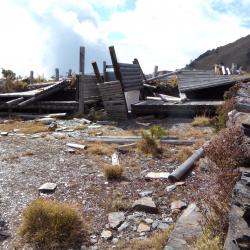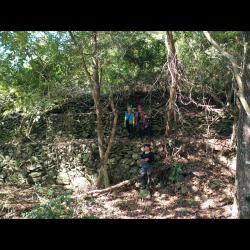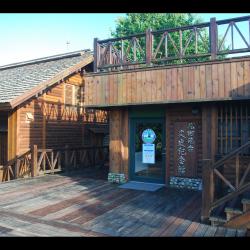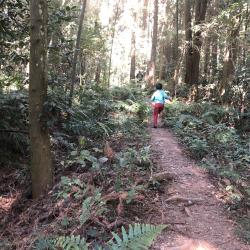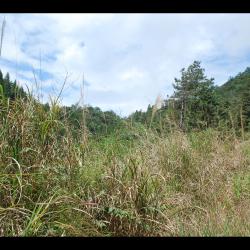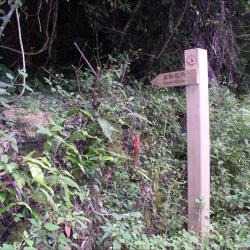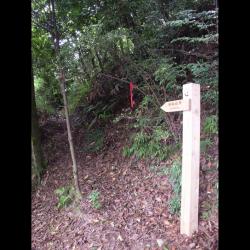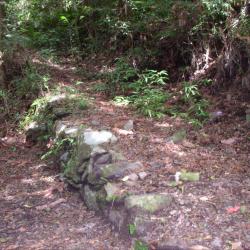The Dashuiku Police Post is located on the flat shoulder on the east side of Mount Nandashuiku, at an altitude of 3,150 meters. It was established in 1920 and was the highest police post on the Batongguan Traversing Historic Trail during the Japanese occupation. November to April is the period when the mountains are covered with snow. Therefore, life at the Dashuiku Police Post faced various difficulties, such as the sudden temperature drop that caused the drinking water to freeze and daily water needed to be collected from Maiasang Police Post, which is several kilometers away. There were even times when all staff needed to be evacuated to Maiasang Police Post due to freezing weather. In the 1980s, the Yushan National Park Management Office built the Dashuiku mountain hut next to the former site of Dashuiku Police Post, but it was destroyed by a typhoon in 1999.
